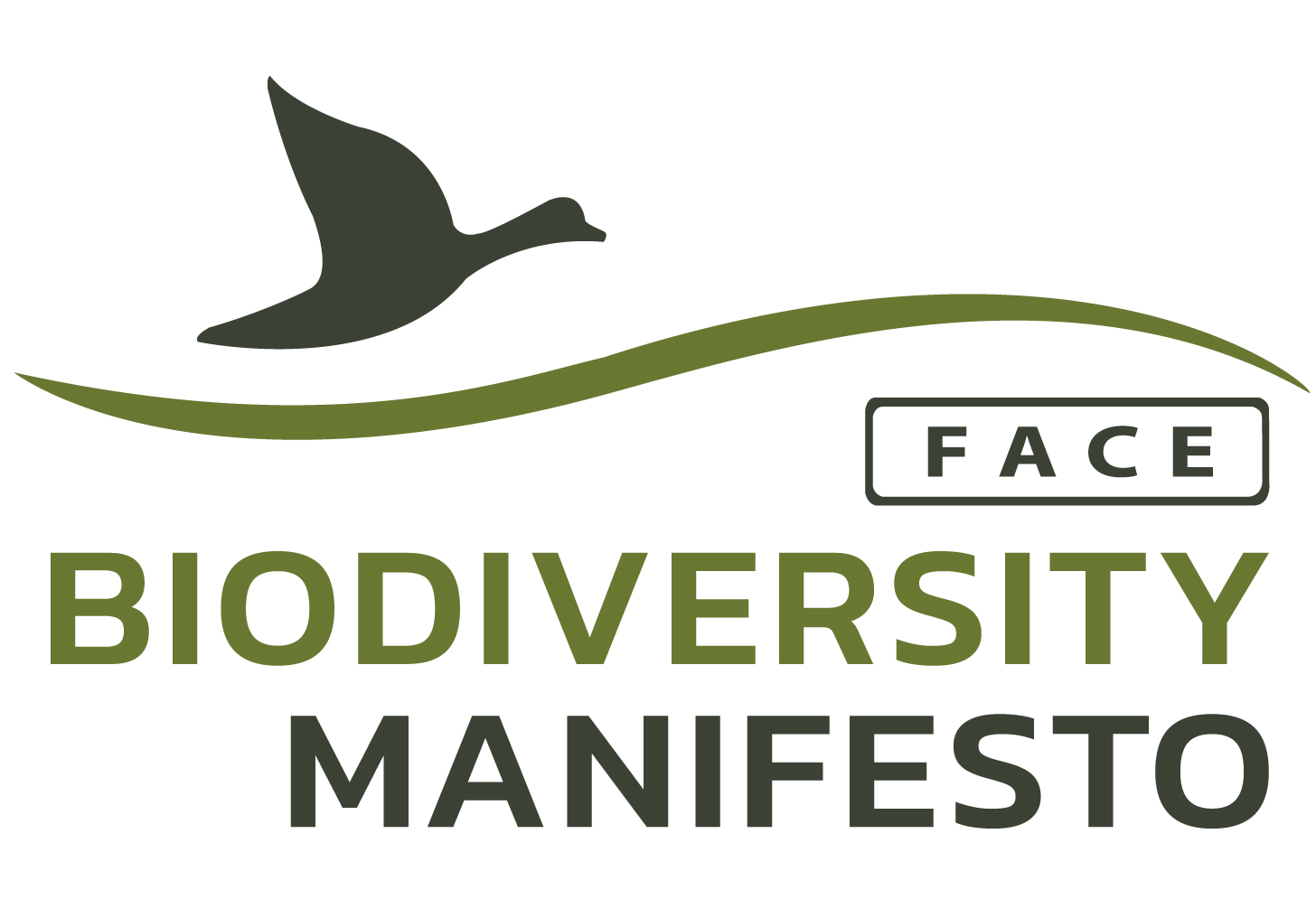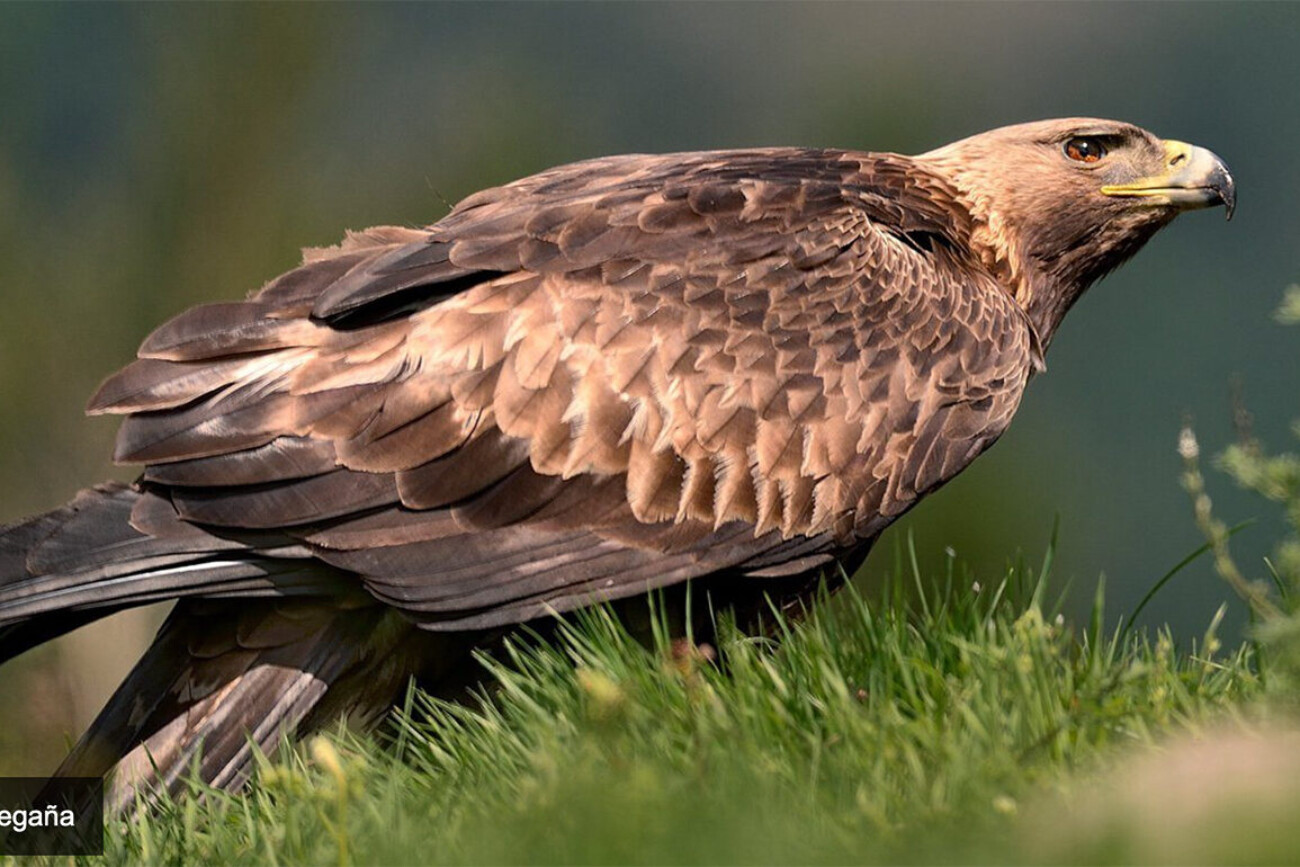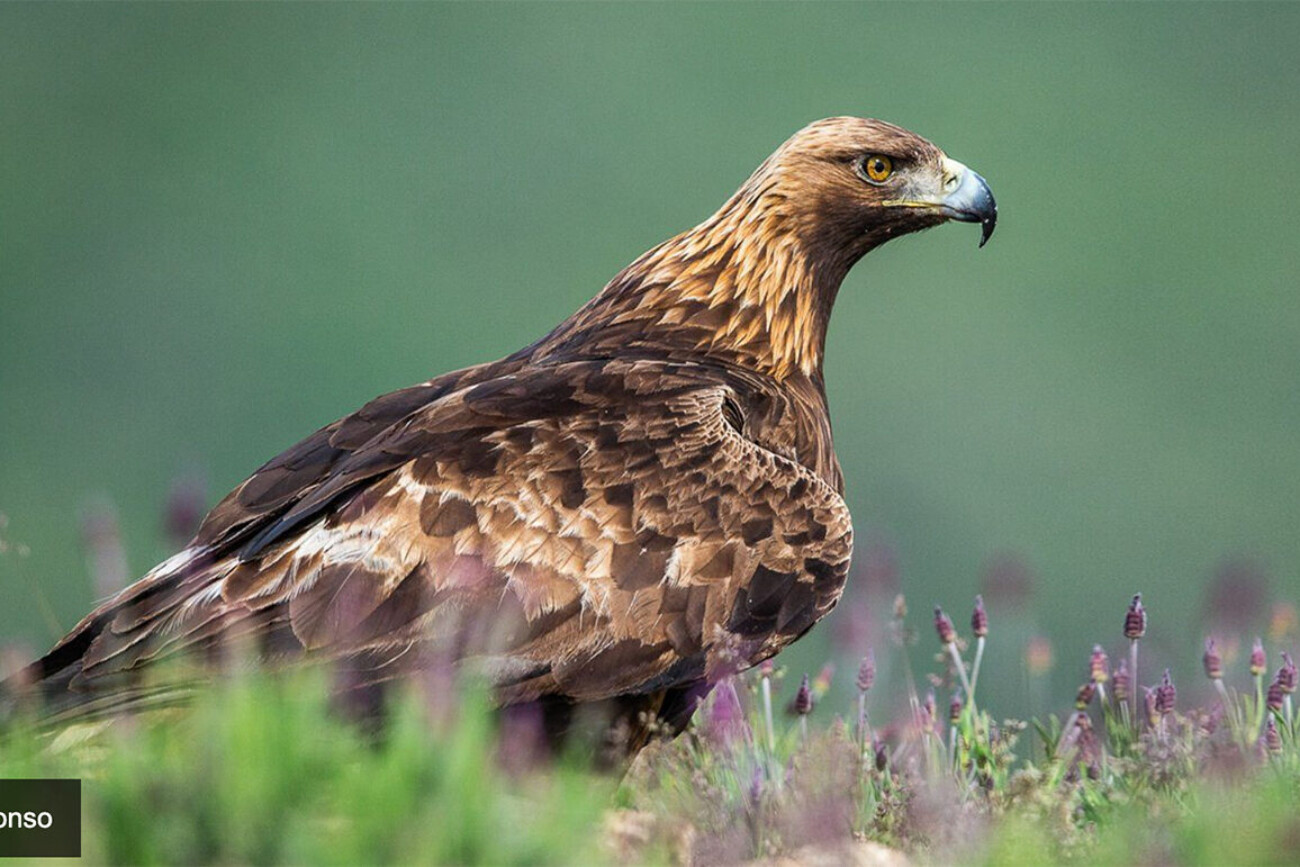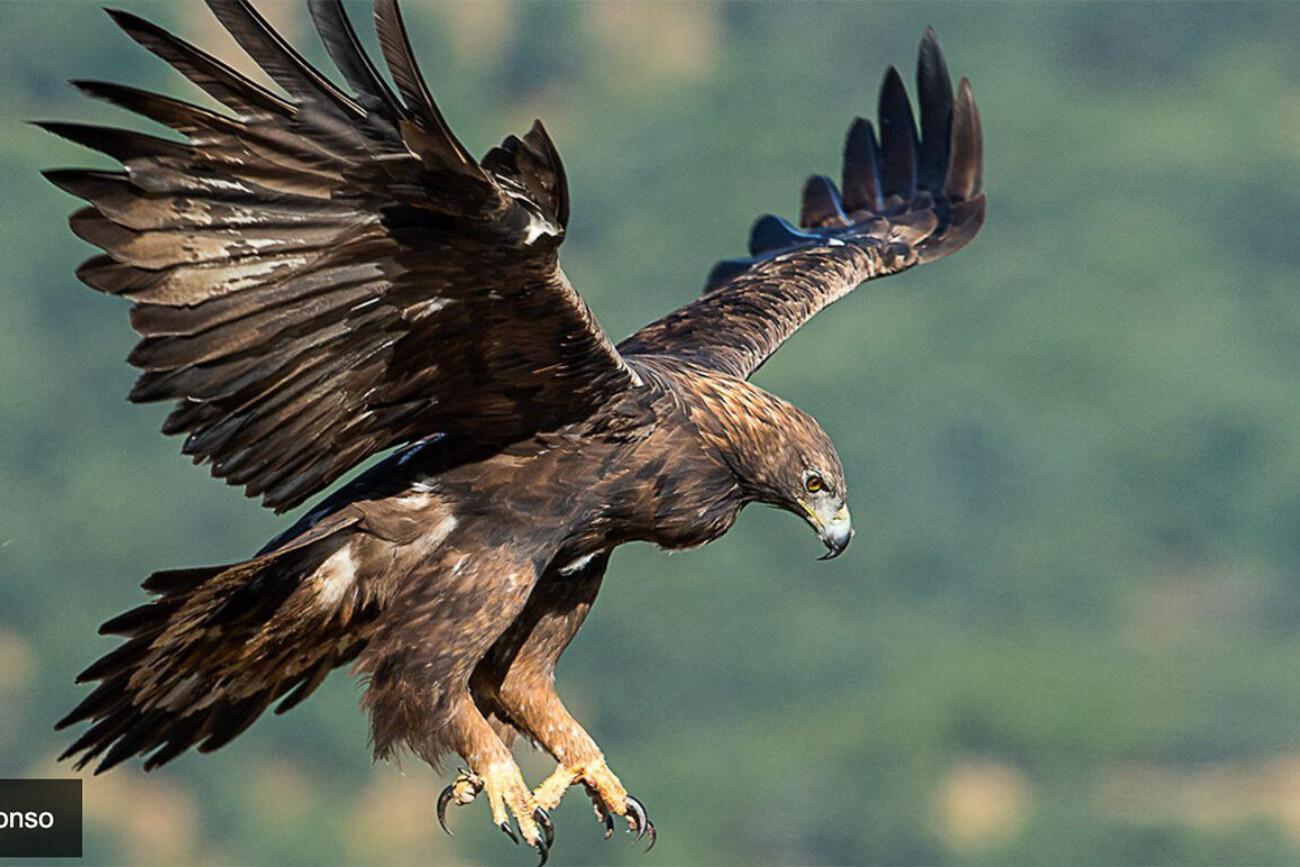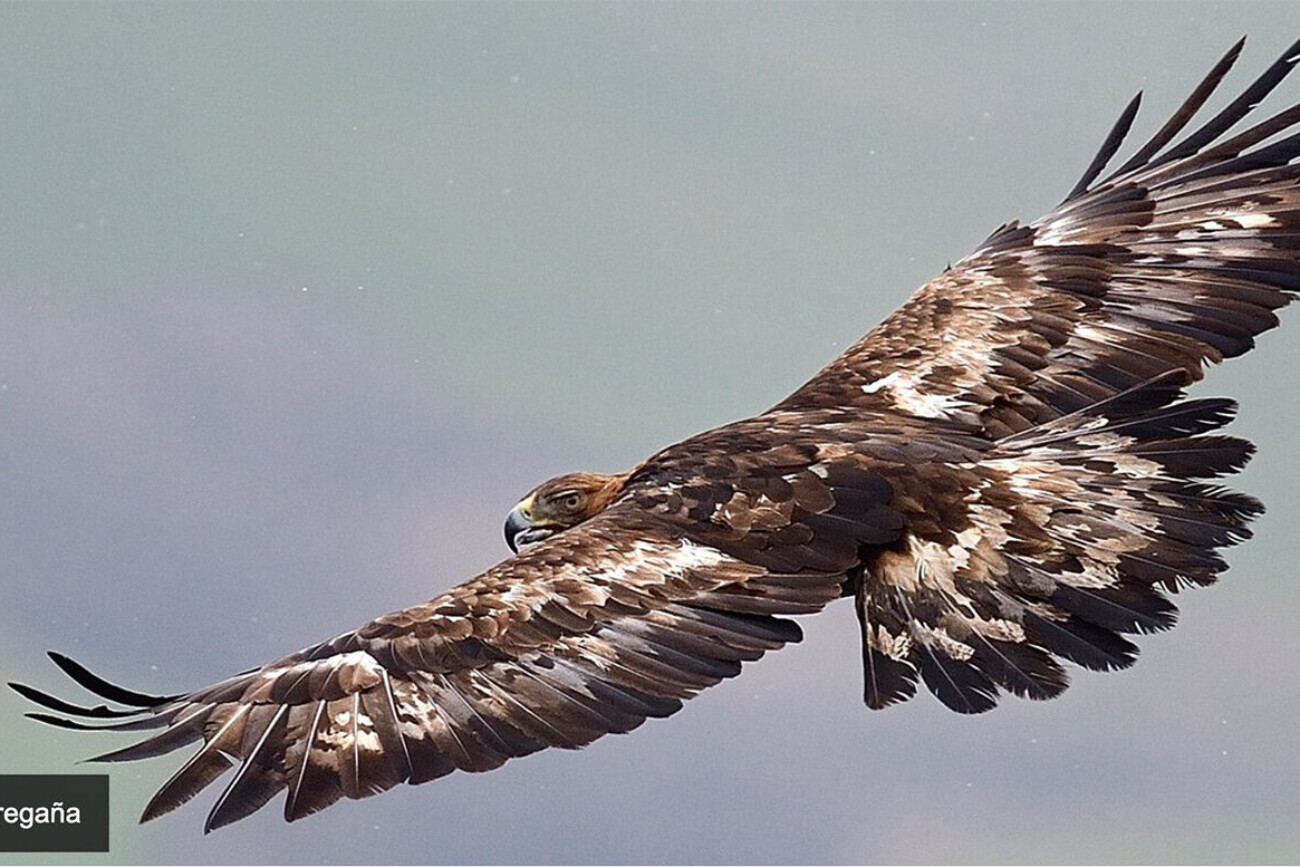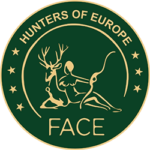The Aequilibrium project is the result of a partnership between the Roe Deer Spanish Association (ACE) and the Tagonius Group, two NGOs from Spain. ACE is a hunting-related entity focused on the conservation, management, and improvement of the Roe Deer (Capreolus capreolus), while the Tagonius Group is a conservationist institution.
The project is centered around two emblematic species from the Iberian Peninsula: the Roe Deer, the smallest deer species in Europe, and the Mediterranean Golden Eagle (Aquila chrysaetos homeyeri), the largest Iberian eagle, and the predation of the latter on the former.
The Roe Deer population in the Iberian Peninsula has been increasing in recent decades, resulting in a widespread distribution in Spanish territory. In some areas, this population increase has led to conflicts and an increased prevalence of diseases among the species. However, it has also created an opportunity for the Mediterranean Golden Eagle.
The Mediterranean Golden Eagle is a top predator that can adapt its diet in response to changes in Roe Deer abundance and the decrease in Wild Rabbits. This adaptation not only reduces conflicts with Roe Deer but also benefits the Golden Eagle population. Recognizing this, the Roe Deer Spanish Association and the Tagonius Group initiated the Aequilibrium project with the goal of studying the role of Roe Deer in the Golden Eagle’s diet during the breeding season.
The project begun in 2017 and continued until 2019, during which more than 30 territories were surveyed, resulting in the monitoring of 24 nests. Trail cameras were used extensively to document the diet, behavior, and development of both Mediterranean Golden Eagle eaglets and adults. Through this technology, researchers discovered that the main species consumed by the eaglets included the European Wild Rabbit (Oryctolagus cuniculus), the Iberian Hare (Lepus granatensis), and the Roe deer, which accounted alone for 16.13% of the consumed biomass by the Golden Eagles. Interestingly, in shrubland environments, the Roe Deer emerged as the most important prey species during breeding season, being both the most frequently captured and the one contributing the most to their overall biomass consumption.
To further enhance their research, the eaglets were banded and measured, and biological samples were collected, when technicians installed trail cameras in the nests. Additionally, some eagles, including both eaglets and adults, were fitted with GPS-GSM transmitters to enable longer-term monitoring of their movements and behaviors.
The success of the initial project led to the involvement of 22 additional private and public institutions, all collaborating with the Roe Deer Spanish Association (ACE) and the Tagonius Group, in an effort to enhance their understanding of the Mediterranean Golden Eagle.
This collective endeavor gave rise to the Aequilibrium+ project, which is now under the direction of the Tagonius Group.
Increasing knowledge of species is crucial for effective science-based conservation actions. With that knowledge, important nature managers stakeholders, such as hunters, can improve the management of prey species to benefit their natural predators. In particular, hunters can improve roe deer population conditions through habitat and sanitary management measures and adapted harvesting in important areas for the Golden Eagle. Understanding ecosystems as a whole is key to improving environmental conditions for each species without harming any of them.
The work carried out by the Spanish Roe Deer Association serves as a testament to the key role that hunters and hunting associations play in nature preservation, benefiting hunting and non-hunting species such as the Mediterranean Golden Eagle, not only in Spain but all over Europe. The Aequilibrium+ Project’s website also highlights this contribution featuring an acknowledgment note that recognizes the contributions of hunting estate owners and game managers to the project’s success. This unity of effort between conservationists and hunting stakeholders leads the way for a future rich in biodiversity and thriving wildlife across Europe.
Policy relevance:
In the framework of the EU’s Biodiversity Strategy for 2030, this project shows that hunters’ contribution is essential for biodiversity conservation. This project demonstrates the active contribution of hunters in research projects that are crucial in underpinning conservation actions contributing to Europe’s Biodiversity Strategy for 2030.
The efforts of hunters should be well integrated into future European, national, regional, and local frameworks to support community-based nature conservation.
Source:
[1] https://aequilibrium-project.org/
[2] Martel Serrano, José (2020). Diet of the Mediterranean Golden Eagle (Aquila chrysaetos homeyeri Severtzov, 1888) and adult behaviour during the breeding season in Central Spain.. Thesis (Master thesis), E.T.S.I. Montes, Forestal y del Medio Natural (UPM)
Country: Spain
Starting date:2017
Species: Roe Deer, Mediterranean Golden Eagle
Species characteristics: Huntable species, non-huntable species, birds of prey, ungulates
Type of actions: Research on the species and habitat
Leading partners: Roe Deer Spanish Association, Tagonius Group
